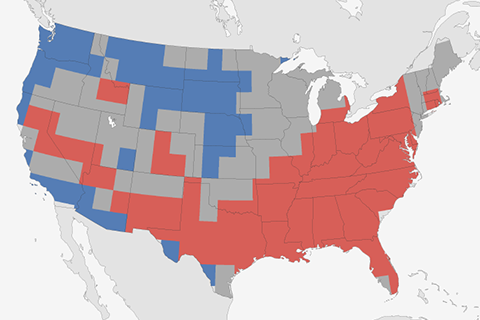
How did the 2018-2019 Winter outlook do? Tom Di Liberto takes you through what happened in this week's ENSO blog.
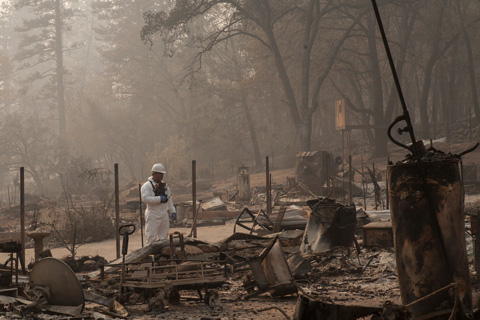
NOAA’s National Centers for Environmental Information (NCEI) tracks U.S. weather and climate events that have great economic and societal impacts. Since 1980, the U.S. has sustained 241 weather and climate disasters where the overall damage costs reached or exceeded $1 billion (including adjustments based on the Consumer Price Index, as of January 2019). The cumulative cost for these 241 events exceeds $1.6 trillion.
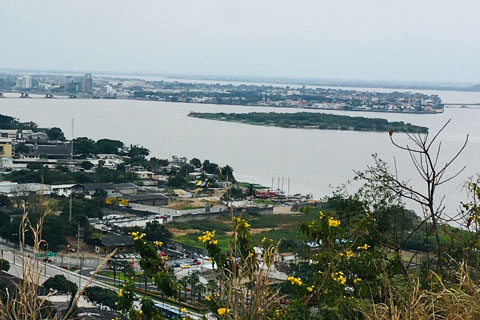
What is the latest and greatest in ENSO science? This blogger travels to Guayaquil, Ecuador to find out.
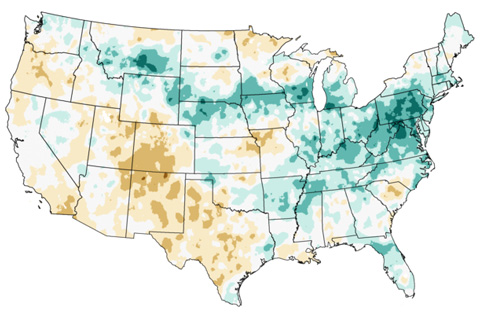
We live in a warming world. And we often characterize that warming through metrics of temperature. But that’s only a sliver of the story. Another sliver, and perhaps a more consequential one, is Big Rain.
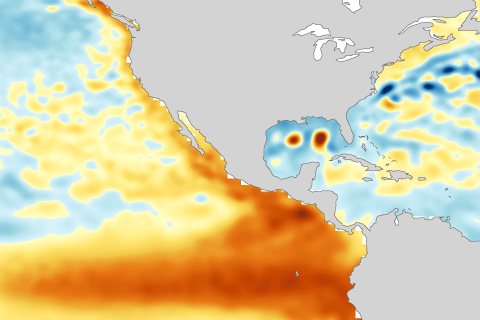
Amazingly, ENSO doesn't just impact climate anomalies like temperature and precipitation over the United States. It can also influence the sea level, which may have major implications as the sea level continues to rise in the future.

Wondering how strong any potential El Niño might be this winter? Maybe you should look to the South Pacific for clues.
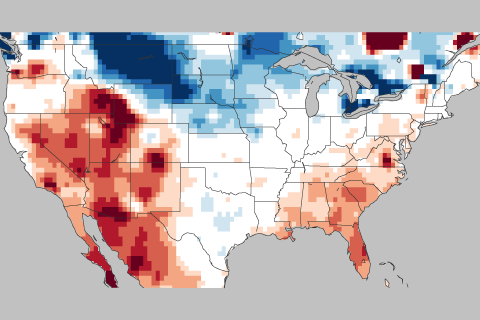
In this week's ENSO blog, Tom DiLiberto gets all judgy over the 2017-2018 Winter Outlook—using science of course.
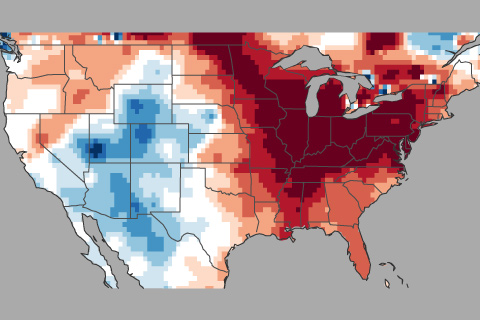
How this winter's temperature swings may have been partially driven by the Madden Julian Oscillation or MJO.
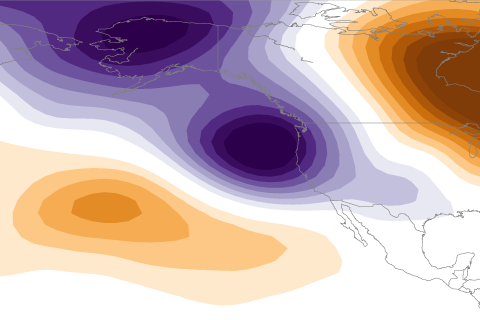
La Niña usually means a drier than average water year for California. So what happened in 2016-2017 when a weak La Niña coincided with a remarkably wet water year?
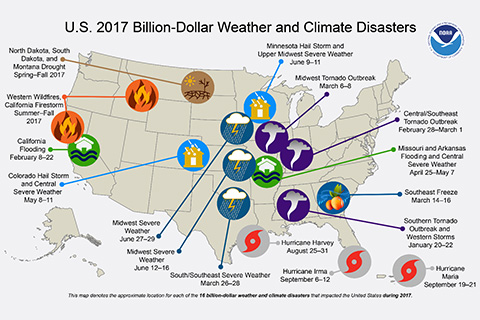
Counting the California wildfires as a single event, the U.S. experienced 16 weather or climate disasters costing at least $1 billion dollars, tying the year with 2011. Total estimated cost was a record-setting $306.2 billion.